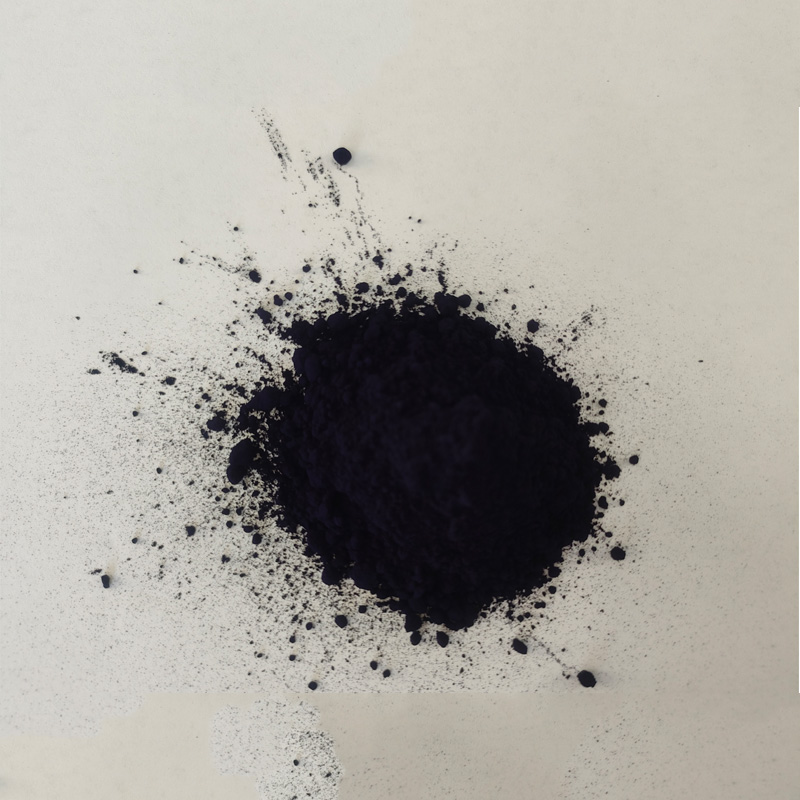Sulfur-Free Black Powder - Safe & Efficient Propellant Solutions
The Rise of Sulfur-Free Black Powder A New Era in Munitions
In the realm of propellants, black powder has long reigned as a historical cornerstone of chemistry and munitions. Traditionally composed of saltpeter (potassium nitrate), charcoal, and sulfur, this energetic mixture has powered firearms, fireworks, and even early rockets for centuries. However, as technology advances, so too does our understanding of the materials we use. The development of sulfur-free black powder represents an exciting leap forward in both performance and safety, addressing issues inherent to traditional formulations.
Historical Context
Historically, black powder has been celebrated for its effectiveness as a propellant and explosive. Yet, the inclusion of sulfur, while enhancing combustion, also introduces several drawbacks. The presence of sulfur can lead to residue build-up, corrosiveness, and a significant reduction in the stability and shelf-life of the powder. This has spurred research into alternative compositions that maintain explosive power without sulfur's negative attributes.
Benefits of Sulfur-Free Formulations
One of the primary advantages of sulfur-free black powder is its environmental impact. Traditional black powder produces sulfur dioxide upon combustion, a gas that can contribute to air pollution and acid rain. This concern has intensified as industries and the public alike prioritize sustainable and eco-friendly practices. A sulfur-free alternative minimizes these emissions, aligning with global efforts to reduce harmful pollutants.
Moreover, the stability of sulfur-free black powder is notably superior. These formulations are less prone to degradation over time, which is paramount for military applications and long-term storage. Improved stability means that munitions maintain their effectiveness for longer periods, reducing the need for frequent replacements and contributing to cost-effectiveness.
sulfur free black powder

Enhanced Performance
Sulfur-free black powder can also offer enhanced performance characteristics. For instance, the combustion temperature can be better controlled, reducing the potential for unintended detonations and improving safety during handling and storage. Additionally, the energy output can be optimized through precise adjustments in the formulation, allowing for tailored performance to meet specific needs in both civilian and military contexts.
Applications and Future Prospects
The potential applications for sulfur-free black powder extend beyond traditional firearms. Its use in fireworks, where vibrant colors and reduced smoke are desired, is a burgeoning field. Moreover, industries focused on conservation and sustainable practices are keen to explore these innovations. As research continues, we may see sulfur-free black powder finding a place in new technologies, even in fields such as propulsion systems for space exploration.
Conclusion
The advent of sulfur-free black powder marks a significant milestone in the evolution of propellant technologies. By addressing critical issues of environmental impact, stability, and performance, this innovative formulation opens the door to a new era of munitions that are safer, more efficient, and incredibly effective. As industries around the globe embrace these advancements, the future looks promising for sulfur-free black powder, highlighting the intersection of tradition and innovation in the pursuit of optimized solutions.
-
The Timeless Art of Denim Indigo Dye
NewsJul.01,2025
-
The Rise of Sulfur Dyed Denim
NewsJul.01,2025
-
The Rich Revival of the Best Indigo Dye
NewsJul.01,2025
-
The Enduring Strength of Sulphur Black
NewsJul.01,2025
-
The Ancient Art of Chinese Indigo Dye
NewsJul.01,2025
-
Industry Power of Indigo
NewsJul.01,2025
-
Black Sulfur is Leading the Next Wave
NewsJul.01,2025

Sulphur Black
1.Name: sulphur black; Sulfur Black; Sulphur Black 1;
2.Structure formula:
3.Molecule formula: C6H4N2O5
4.CAS No.: 1326-82-5
5.HS code: 32041911
6.Product specification:Appearance:black phosphorus flakes; black liquid

Bromo Indigo; Vat Bromo-Indigo; C.I.Vat Blue 5
1.Name: Bromo indigo; Vat bromo-indigo; C.I.Vat blue 5;
2.Structure formula:
3.Molecule formula: C16H6Br4N2O2
4.CAS No.: 2475-31-2
5.HS code: 3204151000 6.Major usage and instruction: Be mainly used to dye cotton fabrics.

Indigo Blue Vat Blue
1.Name: indigo blue,vat blue 1,
2.Structure formula:
3.Molecule formula: C16H10N2O2
4.. CAS No.: 482-89-3
5.Molecule weight: 262.62
6.HS code: 3204151000
7.Major usage and instruction: Be mainly used to dye cotton fabrics.

